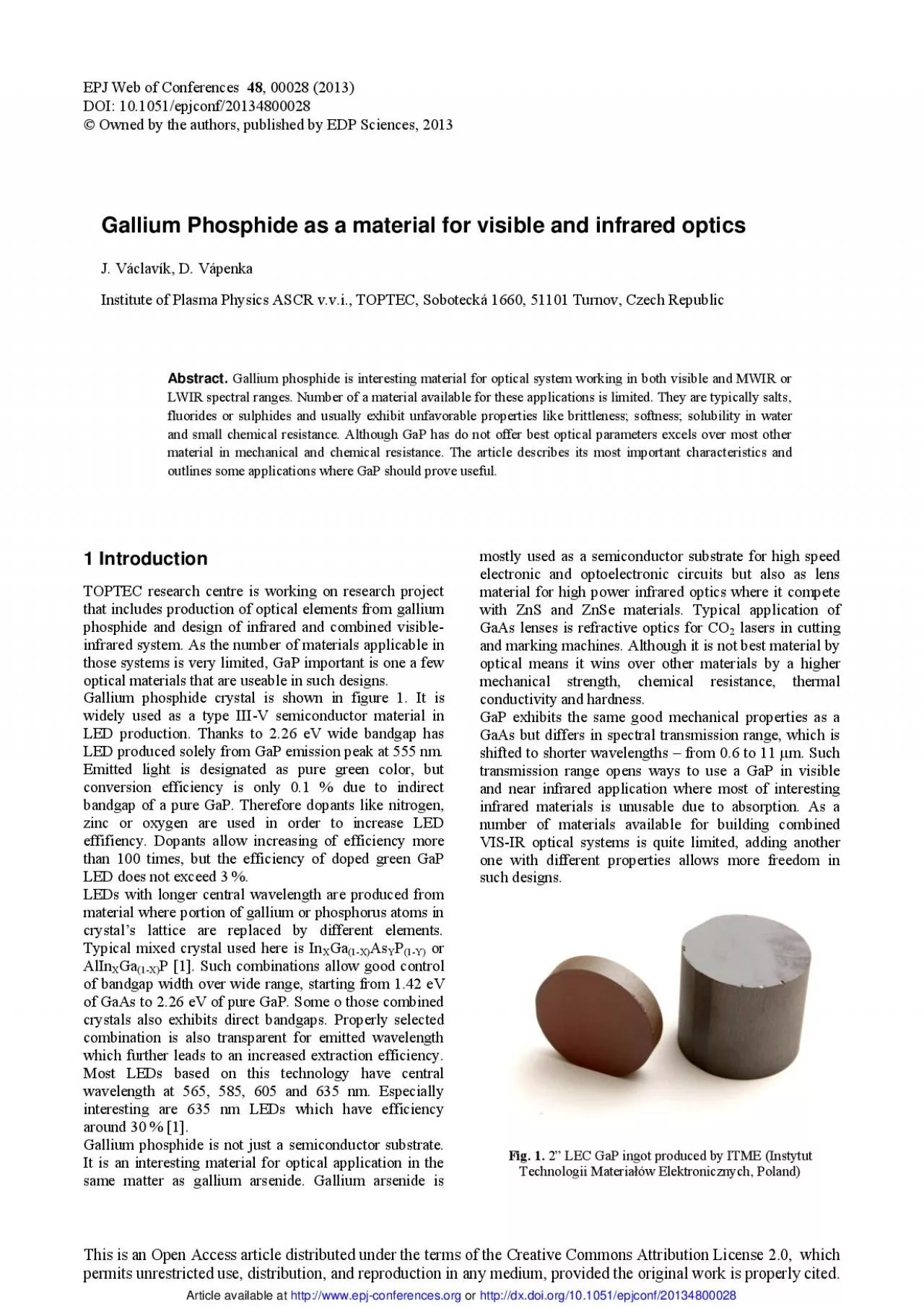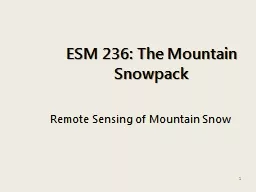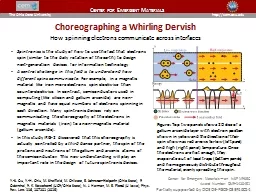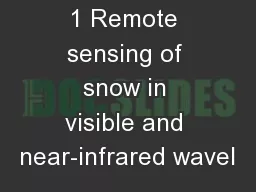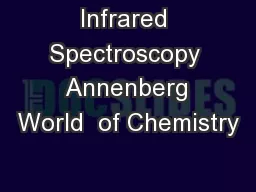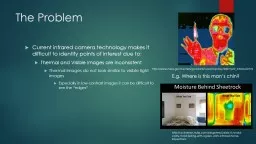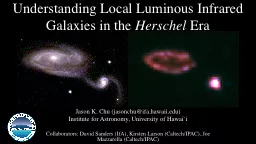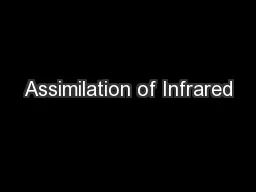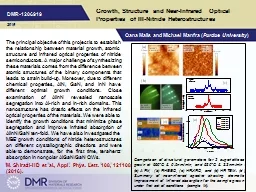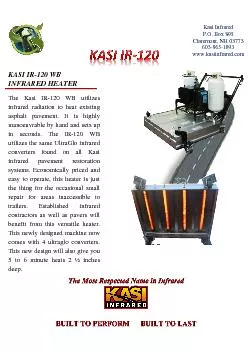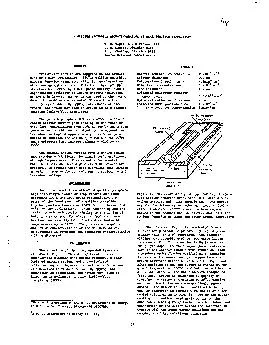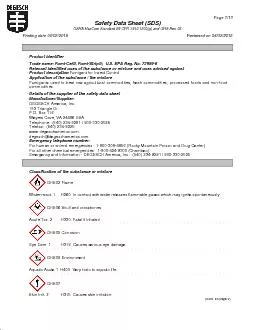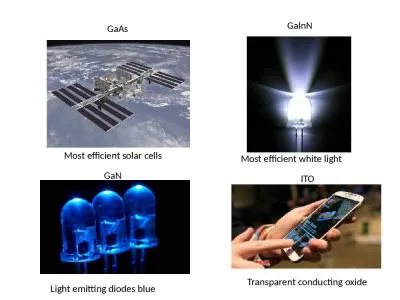PDF-Gallium Phosphide as a material for visible and infrared optics
Author : singh | Published Date : 2022-09-23
J Václavík 1 D V ápenka 1 1 Institute of Plasma Physics ASCR vvi TOPTEC Sobotecká 1660 51101 Turnov Czech Republic Abstract Gallium phosphide is interesting
Presentation Embed Code
Download Presentation
Download Presentation The PPT/PDF document "Gallium Phosphide as a material for visi..." is the property of its rightful owner. Permission is granted to download and print the materials on this website for personal, non-commercial use only, and to display it on your personal computer provided you do not modify the materials and that you retain all copyright notices contained in the materials. By downloading content from our website, you accept the terms of this agreement.
Gallium Phosphide as a material for visible and infrared optics: Transcript
Download Rules Of Document
"Gallium Phosphide as a material for visible and infrared optics"The content belongs to its owner. You may download and print it for personal use, without modification, and keep all copyright notices. By downloading, you agree to these terms.
Related Documents

